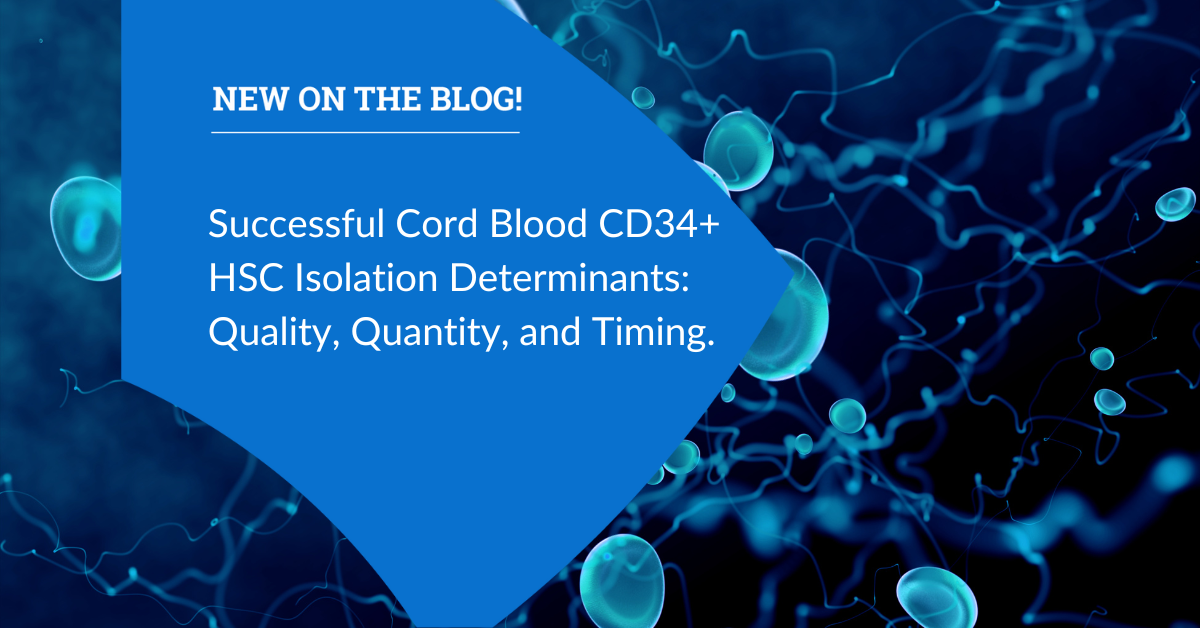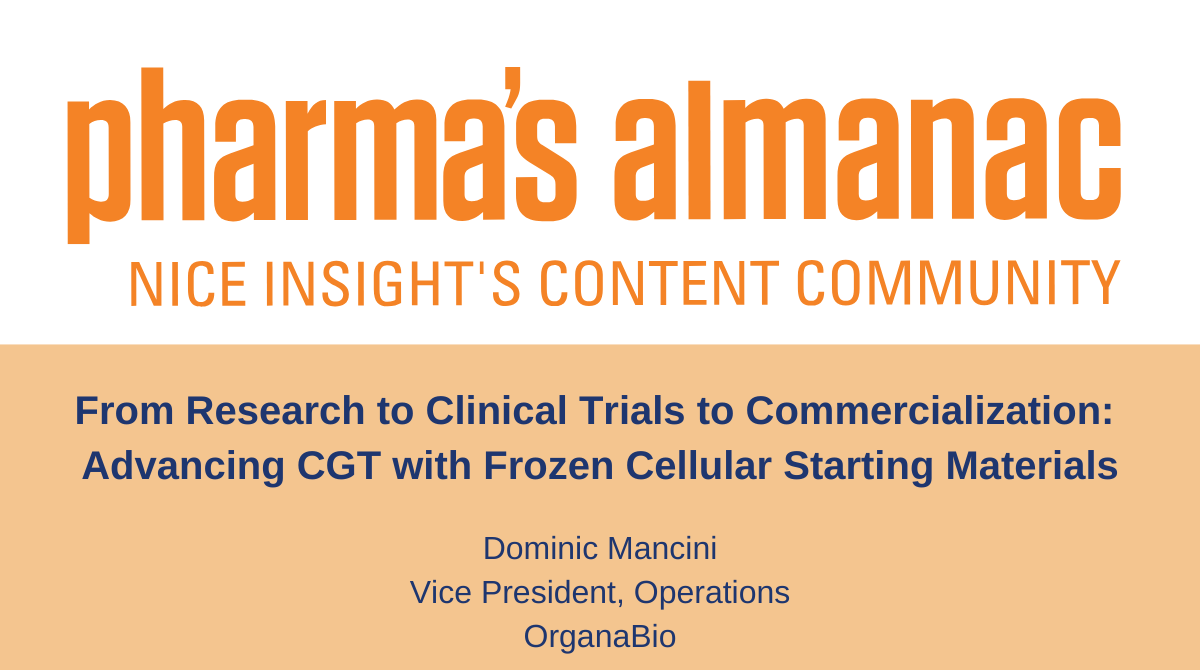CDMOs are willing to invest in innovative bioprocessing technologies, but the economics need to make sense. Platforms that can be used for multiple projects are worth the money, but bespoke, product-specific systems can be harder to justify.
In a GEN article, Priya Baraniak, PhD, and Sarah Alter, PhD, discuss why in biopharma, willingness to adopt innovative manufacturing technologies varies depending on the type of company involved and the product being made. For larger companies with established products, the regulatory burden of switching out traditional stainless-steel systems for disposable tech is often deemed too great. For smaller and mid-sized firms with newer products, using more modern systems is the more logical, more affordable option.
According to Baraniak, for contract manufacturers, deciding whether to invest—or not—in innovative technologies can be even more complicated.
“New technologies often require significant upfront investments in equipment, infrastructure, and personnel training, not to mention costs associated with validations and documentation to ensure regulatory compliance. In addition, new technologies need to be seamlessly integrated with existing manufacturing processes and IT systems. This can be challenging, as it may require modifications to existing workflows and data management practices,” she tells GEN.
The key factor determining many CDMOs’ technology investment decisions is whether the contractor can convince the customer of the benefits of a particular system, Baraniak says.
“CDMOs rely on their clients to adopt new technologies and processes. Convincing clients to embrace new technologies and pay for the associated costs can be a major challenge. Thus, early technology adoption can be a major financial burden for CDMOs, especially smaller ones with limited resources.”
She added: “This burden is even more pronounced for technologies that are not universal and are highly bespoke or specialized. Platform technologies where costs can be defrayed across multiple clients are more easily implemented by CDMOs.”
Innovative technologies that have the potential to save manufacturers time and money are likely to be an easy sell, says Alter, citing artificial intelligence-based modeling as an example.
“Biologic and protein therapeutics discovery and optimal formulation development are time- and resource-intensive. AI and ML are emerging as predictive and generative tools in protein engineering and can also be employed to model multiple biophysical and chemical degradation properties.”
CDMOs are also more likely to be able to convince a customer to invest in technology that solves specific problems, Alter says.
“The innovation in protein technology has brought forth a host of challenges related to the purification of these therapeutic proteins. Some manufacturing aspects that need improvements include controlling protein reduction, protein capture, ensuring stability, eliminating aggregates, removing host cell proteins, and optimizing protein recovery.”





